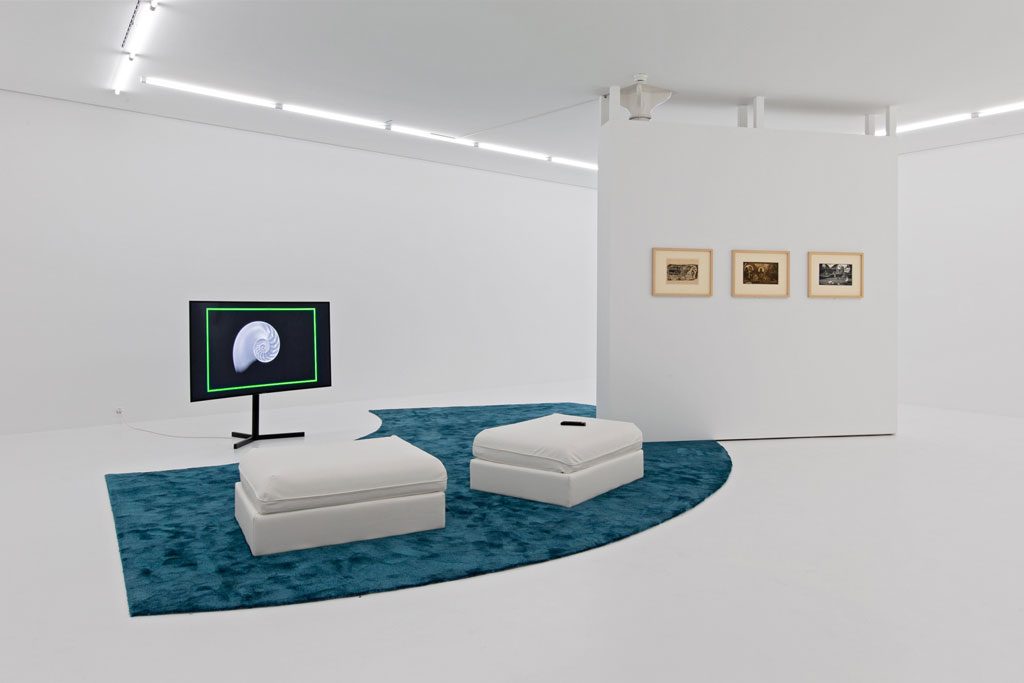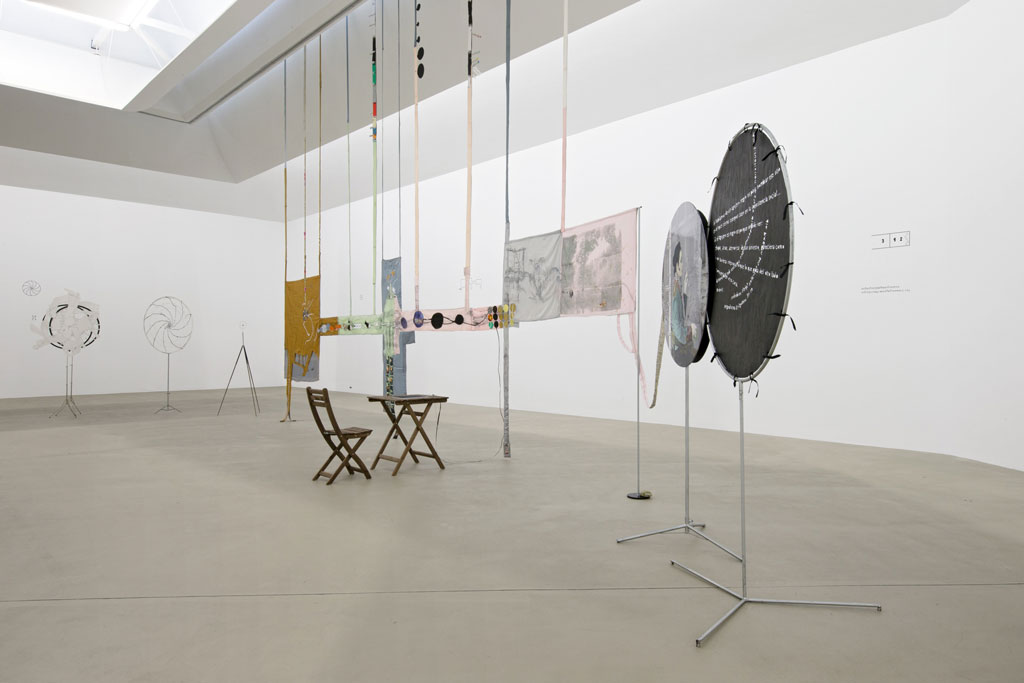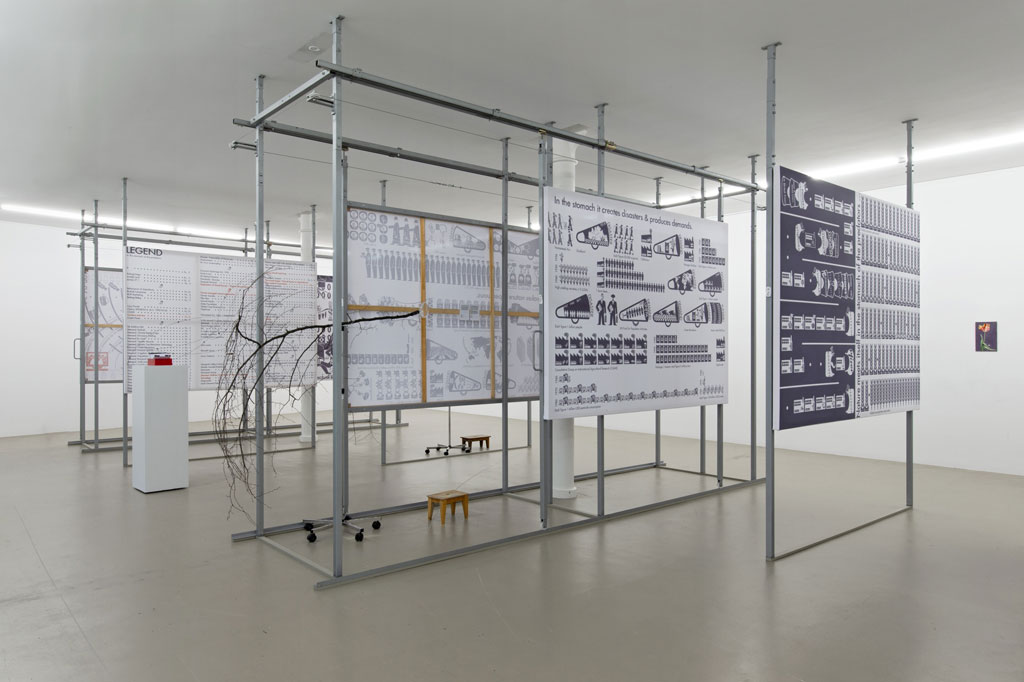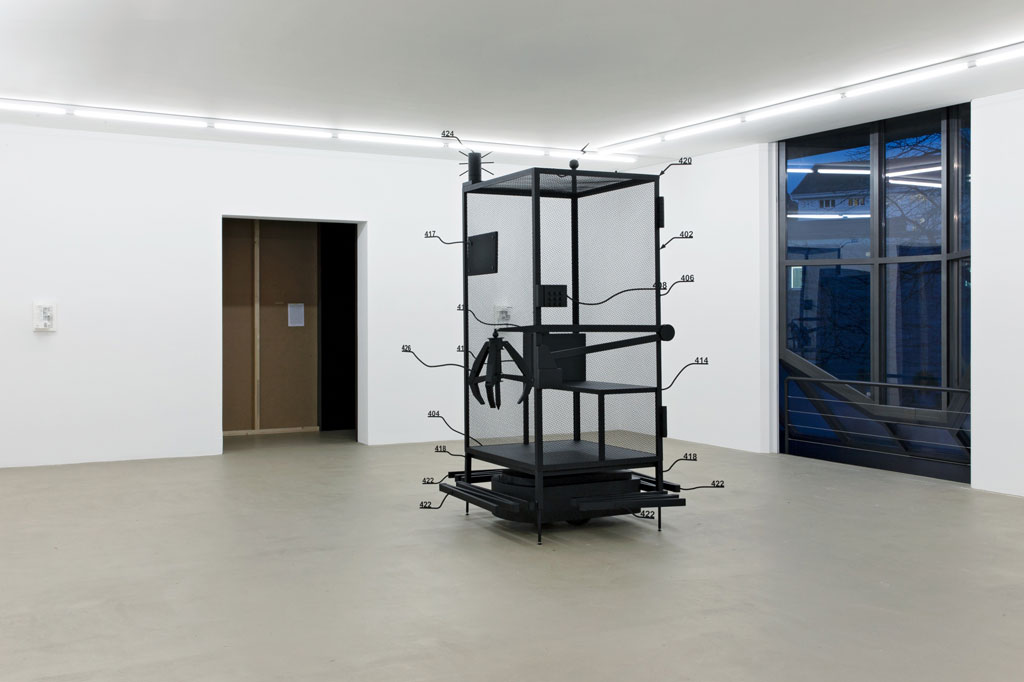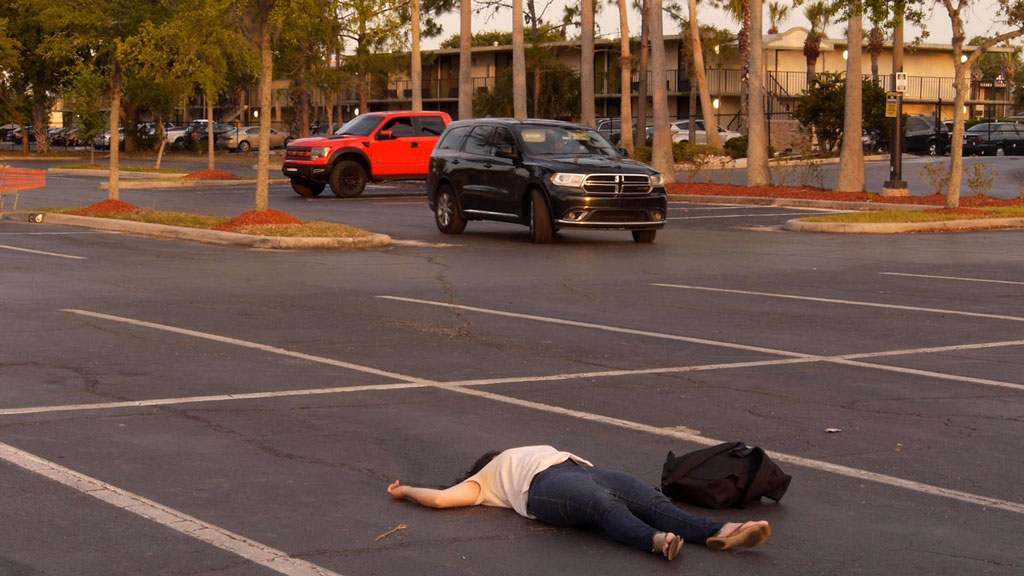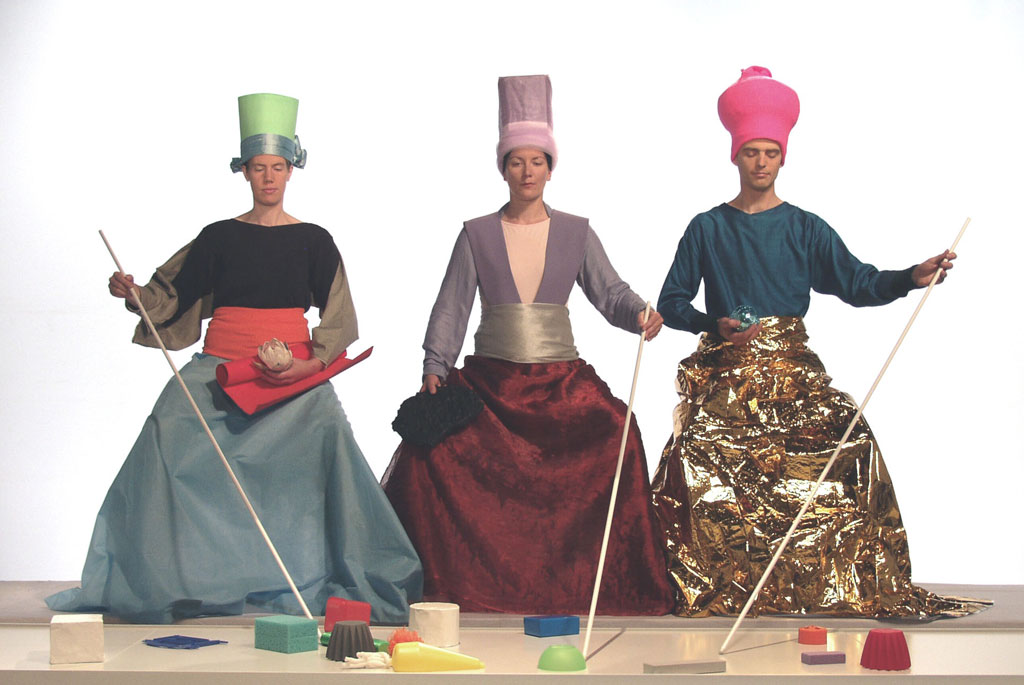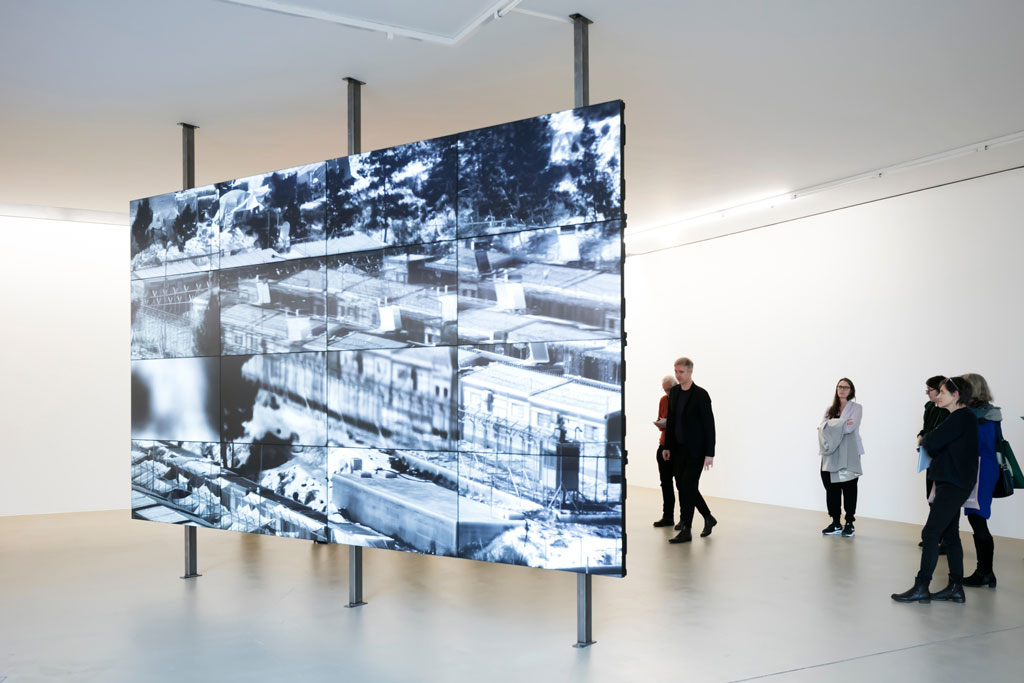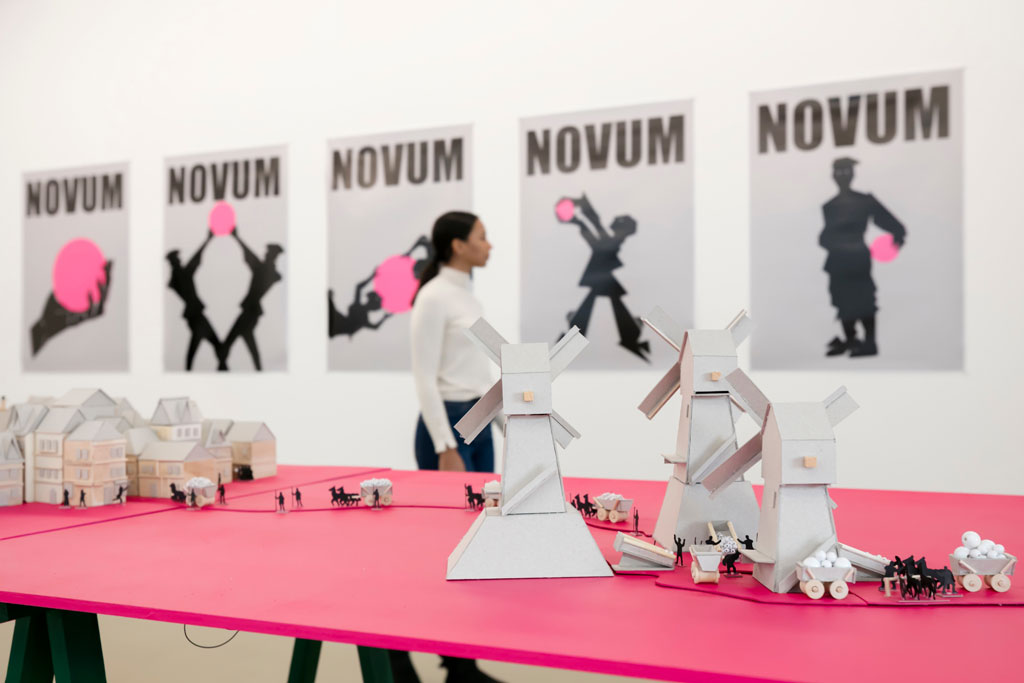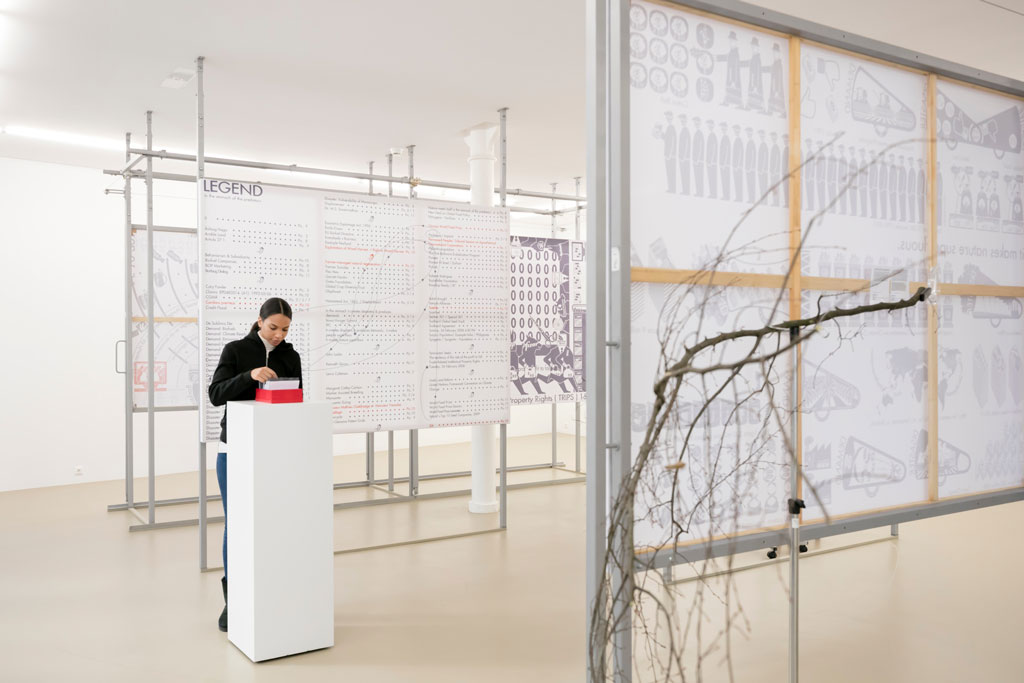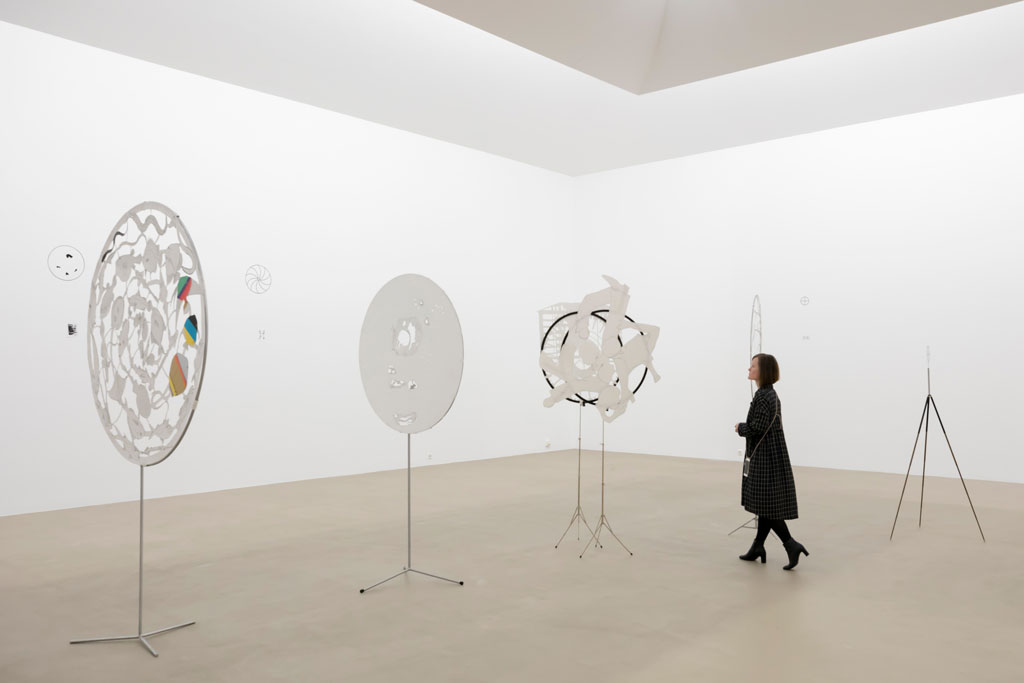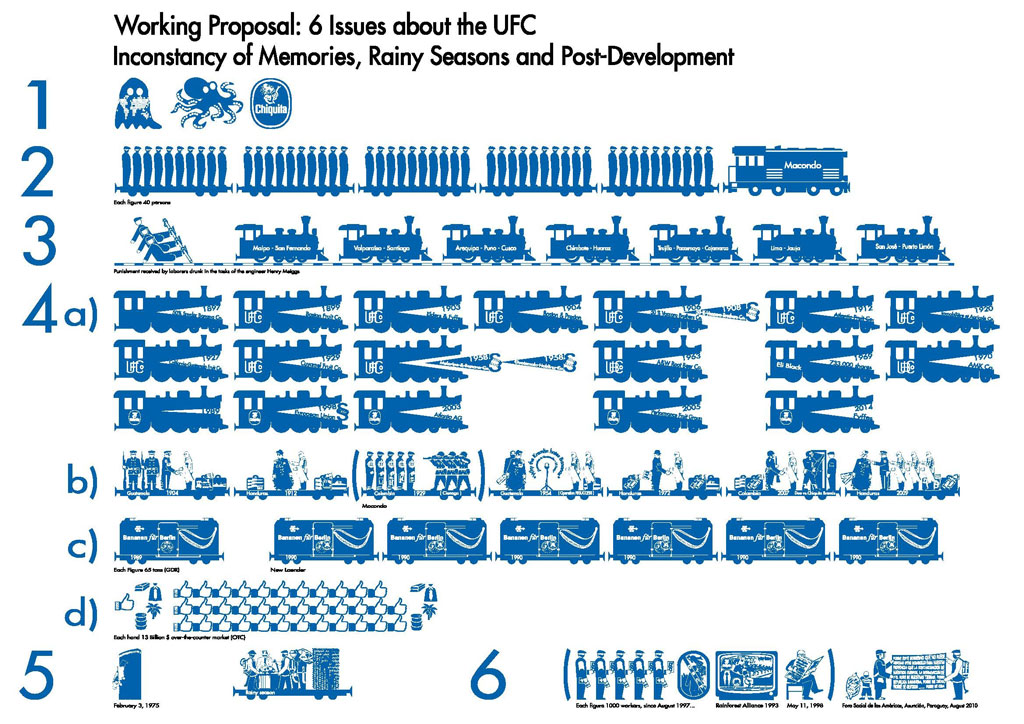ART-PRESENTATION: Circular Flow-On the Economy of Inequality
 Climate change and environmental degradation, regional wars and armed distributional conflicts, wealth disparities, mass unemployment, nationalism: faced with the numerous challenges that have compelled millions to become migrants against their own will, more and more people wonder about the social, ecological, and political consequences of the complex process we designate with the blanket term “globalization.”
Climate change and environmental degradation, regional wars and armed distributional conflicts, wealth disparities, mass unemployment, nationalism: faced with the numerous challenges that have compelled millions to become migrants against their own will, more and more people wonder about the social, ecological, and political consequences of the complex process we designate with the blanket term “globalization.”
By Efi Michalarou
Photo: Kunstmuseum Basel Archive
The exhibition “Circular Flow. On the Economy of Inequality” gathers 15 artistic positions that explore these areas of social conflict for a searching reflection on the principles of economic thinking and practice. They are complemented by historic works from the Kunstmuseum’s Collection that highlight connections between the colonial and postcolonial stages of globalization. The project does not call the idea, or the reality, of a world reshaped by ever tighter political, economic, and cultural interconnectedness in question. Rather, it seeks to strengthen those voices in society that make the case for a socially equitable and ecologically sustainable overhaul of the process. At the heart of the debate will be a critique of a capitalist system that has turned the world into a commodity.
One chapter of the exhibition is dedicated to the parallels between the causes that currently prompt increasing numbers of people to flee their homes and the unprecedented imperial dynamic unleashed by Europe between the fifteenth and seventeenth centuries, with consequences that endure in present-day global politics. The show opens with a scene that is of urgent relevance today: the camp, and more specifically, the refugee camp. Above and below, inside and outside, open and closed—in practical terms as well as on the metaphorical level, the camp as a system is a crystallization of the contradictions of contemporary policies. As of late 2018, more than 70 million people around the world were refugees. A mere 3.5 million of them have applied for asylum in EU member states since 2015, but their arrival generated the political pressure that led to the conclusion of the deal between the EU and Turkey of March 2016. It has left a growing population of 20,000 people (as of September 2019) stranded in “reception centers” on the islands of Lesbos, Chios, Samos, Leros, and Kos that are designed to hold a mere 6,500. (Sexual) violence and crime are rampant in the overcrowded camps; fires and riots are frequent occurrences. Richard Mosse, who lived in Greece for several years, filmed the widely condemned “Moria” reception center in Lesbos with a surveillance and thermographic camera. The military-grade technology can render a razor-sharp image of a human body’s heat emission from a distance of twenty miles. The camera operator perceives those he records not as individuals but only as curdled thermal images, abstractions of humanity. Mosse used the footage for the video installation “Grid (Moria)”, where it plays on a high-tech video wall of 16 large flat-screen TVs that show everyday life in the camp in the form of a steady succession of jerky pan shots. The facility appears as a grid in a twofold sense, both architecturally and in its organization of human life; the refugees find themselves cast into a logistical economy that, in analogy with the camera technology, reduces them to abstract units. The images show people lining up in queues or transporting vital necessities with makeshift equipment; we see tent shelters, improvised clotheslines, and barbed-wire fences. The form in which the material is presented blurs the distinction between the perspectives of spectator and surveillance officer, raising the question of the responsibility shared by all of us who live in the real world outside the camps. Other artists scrutinize the complex entanglements between businesses and political institutions involved in the worldwide trade in raw materials such as rare earths (Lisa Rave) or water, or the patents for resources essential for human survival like seeds (Andreas Siekmann). Created for the exhibition, the artist duo Bureau d’Études’s work “Petropolitics” analyzes historic and contemporary developments in the global oil trade from the early 20th Century to the present. The artists conducted extensive research into the complex relationships between nation states and transnational organizations such as think tanks, financial companies, regulating authorities, intelligence agencies, media conglomerates, and arms manufacturers.
As barriers to global trade have been dismantled, international competitiveness has become the undisputed maxim of all economic activity, wreaking profound changes in working environments that are the focus of another section of the exhibition. A new 5-channel video installation titled “Crowds” by Melanie Gilligan illustrates the social injustice inflicted by the capitalist economy: the artist shadows her protagonist, Irene, as she hunts for a new service-sector job in Orlando, Fla. Entertainment industry complexes and fast-food chains dominate the urban scenery, a landscape designed for the sole purposes of tourism and consumerism. Gilligan probes the impressions she gathered during her research into the precarious circumstances in which temporary and low-paid workers and their families live through reenactments of everyday situations staged for the camera. The artist also documents forms of grassroots organization and public protests of these citizens against their disenfranchisement. In the former industrialized nations, post-Fordist professionals and service workers are now the new faces of labor. Meanwhile, in other parts of the world, the comprehensive outsourcing of production has led to the emergence of a new low-wage proletariat. The Chinese documentary filmmaker Wang Bing portrays this reality in his work “15 Hours” (2017). Wang observes a group of workers in a clothing factory in Zhejiang Province, China. Employing more than 300,000 migrant laborers, the complex has the population of a European major city. The factory, where workers are paid a piece rate, churns out thousands of pieces of apparel seven days a week, from 8am until 11pm. A challenge to the patience of most museum visitors, the film’s running time of fifteen hours, which defeats the opening hours of any art institution, precisely matches the length of a typical shift. As Wang’s film reminds us, inequality is more than just one aspect of the global economy: it has become its fundamental principle. Last year, according to Credit Suisse’s Global Wealth Report, the richest ten percent of the world’s adult population owned 85 percent of all global assets (with 47 percent held by the richest one percent alone). By contrast, the poorest 64 percent of the population together owned just 2 percent of global wealth.
In addition to the contributing artists’ works, the exhibition includes selections from the Kunstmuseum Basel’s Collection of art by Pieter Bruegel the Elder, Emanuel Büchel, Paul Gauguin, Hans Holbein the Younger, Maria Sibylla Merian, and others. One such historic piece will be a Brazilian Landscape by the Dutch painter Frans Post, who, in the mid-17th Century, accompanied the West India Company’s governor general to what is now northeastern Brazil: his work now also reads as a document of early colonial globalization and the mechanisms of oppression that sustained it.
Participating Artists: Ursula Biemann, Bureau d’Études, Alice Creischer, Simon Denny, Melanie Gilligan, Ulrike Grossarth, Jan Peter Hammer, Fred Lonidier, Richard Mosse, Marion von Osten, Lisa Rave, Claus Richter, Cameron Rowland, Andreas Siekmann and Wang Bing.
Info: Curators: Søren Grammel with Stefanie Thierstein, Philipp Selzer and Eva Falge, Kunstmuseum Basel-Gegenwart, St. Alban-Rheinweg 60, Basel, Duration: 7/12/19-3/5/20, Days & Hours: Tue & Thu-Sun 10:00-18:00, Wed 10:00-20:00, www.kunstmuseumbasel.ch
In accordance with the current instructions from the Federal Council and the government of the canton of Basel-Stadt from March 13, 2020, the Kunstmuseum Basel will remain closed until 30 April, to help prevent the spread of COVID-19
